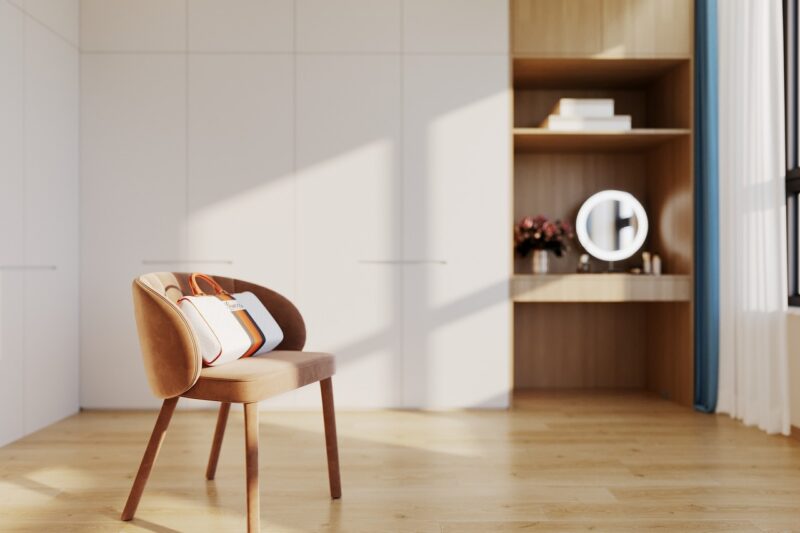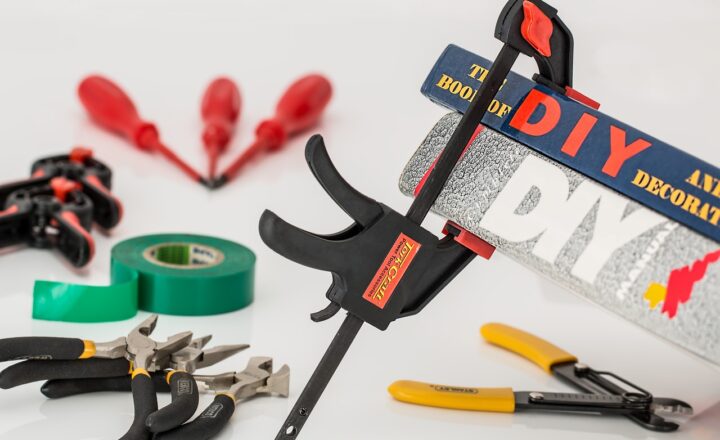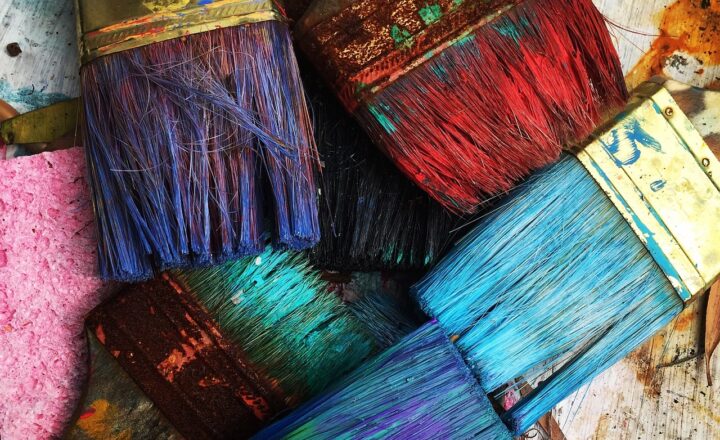Why Upcycling Old Furniture Has Become a Trendy Hobby for DIY Enthusiasts
November 14, 2024

In recent years, upcycling has surged in popularity as a creative and sustainable solution for those seeking to breathe new life into old furniture. For DIY enthusiasts, it’s more than just a hobby; it represents a profound change in how people perceive consumption, waste, and creativity. Upcycling involves transforming unwanted or discarded items into something of higher quality or value. This article delves into the reasons why upcycling old furniture has captivated the hearts and hands of DIY enthusiasts and how it contributes to both personal and environmental well-being.
1. The Origins and Evolution of Upcycling
The concept of upcycling can be traced back to the early days of thrift and ingenuity, when people had to make do with what they had. Historically, resource scarcity prompted individuals to repurpose furniture to match their needs or aesthetic preferences. However, it was in the 1990s that the term “upcycling” gained traction, thanks to the growing concern over environmental issues and consumerism.
In modern times, shows like “Fixer Upper” and platforms like Pinterest have popularized the idea of transforming old pieces into stylish focal points in homes. Upcycling now extends beyond mere restoration; it emphasizes creativity, personalization, and sustainability, assets that resonate with today’s consumers.
2. The Sustainability Factor
One of the driving forces behind the upcycling movement is the increasing awareness of environmental sustainability. Upcycling helps mitigate waste by keeping furniture out of landfills while conserving resources required for new production.
- Reducing Waste: The furniture industry is notorious for producing waste, often discarding materials that could be reused. Upcycling encourages a circular economy, where old materials are reprocessed into new products.
- Conserving Resources: Creating new furniture requires lumber, fabric, and other resources. By breathing new life into older items, DIYers minimize the demand for fresh materials, promoting a more sustainable lifestyle.
- Unique Aesthetic Choices: Upcycled pieces offer distinctive charm and personality that mass-produced items often lack. This allows homeowners to create individualized spaces that are environmentally friendly.
3. The Creative Outlet for DIY Enthusiasts
For many DIY enthusiasts, upcycling represents an exciting creative outlet that provides ample room for self-expression.
- Personalization: Upcycling allows individuals to tailor furniture to their specific tastes, whether that means changing colors, adding unique patterns, or modifying shapes. The resulting pieces are often one-of-a-kind treasures.
- Skill Development: As individuals engage in upcycling projects, they learn valuable skills ranging from woodworking to painting to upholstery. This growth not only fosters a sense of accomplishment but also builds a toolkit of skills for future projects.
- Artistic Communities: Upcycling has fostered a rich community of artisans and DIYers who share tips, ideas, and inspirations. Online forums and social media allow enthusiasts from across the globe to connect, influencing trends and styles.
4. Financial Benefits of Upcycling
Upcycling is not only a sustainable endeavor; it can also pay off financially. Here are some economic benefits of pursuing this hobby:
- Cost-Effective Solutions: Upcycling is often more affordable than purchasing new furniture. Many enthusiasts find quality pieces at thrift stores or flea markets and spend significantly less than they would on new items.
- Potential for Profit: For some, upcycling can become a business venture. Successfully renovated pieces can sell for a profit on marketplaces like Etsy or at local craft fairs, allowing DIY enthusiasts to monetize their passion.
- Increasing Home Value: Well-executed upcycled furniture can enhance the aesthetic appeal of a home, potentially attracting higher offers in the real estate market.
5. Trends in Upcycled Furniture Designs
The world of upcycling is rich with unique design trends. Here are some popular ideas for DIY enthusiasts to consider:
- Boho Chic: Colorful textiles and eclectic decorations can transform old furniture into bohemian masterpieces, making them ideal for relaxed, informal settings.
- Industrial Style: Incorporating metal elements and worn finishes can create robust, urban-inspired furniture pieces from discarded materials.
- Minimalism: Clean lines and simple designs can elevate the functionality of furniture while maintaining a clutter-free environment.
- Whimsical Themes: Upcycling allows a playful approach where traditional pieces can be transformed into vibrant works of art.
6. How to Start Upcycling Old Furniture
If you’re intrigued by the idea of upcycling old furniture, here’s how you can get started:
- Identify Furniture to Upcycle: Scout your home for old, unused furniture or browse thrift stores and garage sales for potential projects.
- Research and Plan: Gather inspiration from online sources, books, or community events about upcycling techniques and styles.
- Gather Tools and Materials: Accumulate necessary supplies such as paints, brushes, sandpaper, and any hardware modifications. You don’t need a full workshop to start; a few essential tools can suffice.
- Start Small: Begin with smaller projects like side tables or stools to build confidence. As your skills grow, tackle more comprehensive pieces.
- Experiment and Enjoy: Embrace creativity and don’t be afraid to try new techniques. It’s all about enjoying the process!
Conclusion: A Rewarding Hobby with Lasting Impact
Upcycling old furniture has become a trendy hobby for many DIY enthusiasts, symbolizing a shift towards sustainable practices, creativity, and personalized living spaces. As more people choose to upcycle over purchasing new items, they not only create unique home décor pieces but also contribute to environmental sustainability.
In a world overwhelmed by consumerism, upcycling redefines ownership, creativity, and environmental responsibility. Embrace the challenge, get creative, and join the ranks of this exciting movement today!





